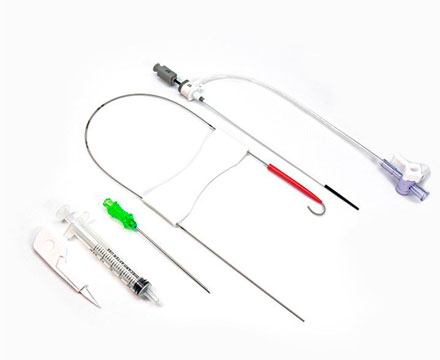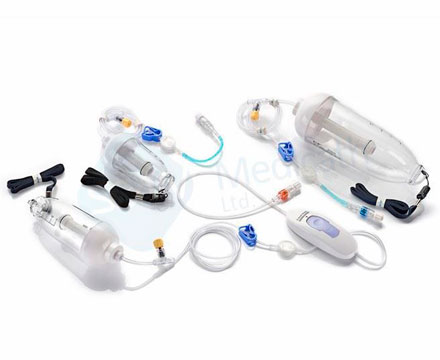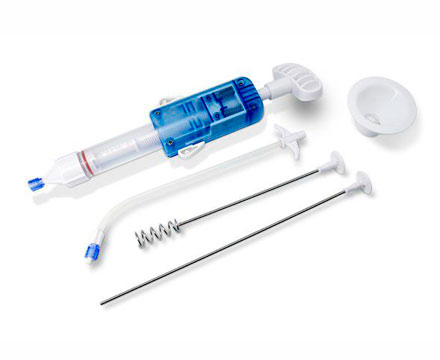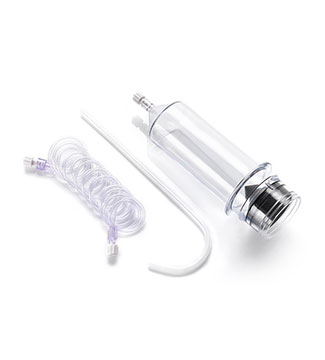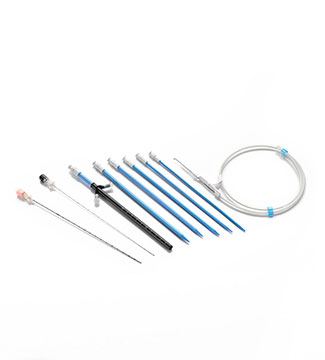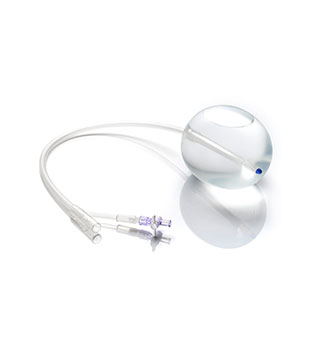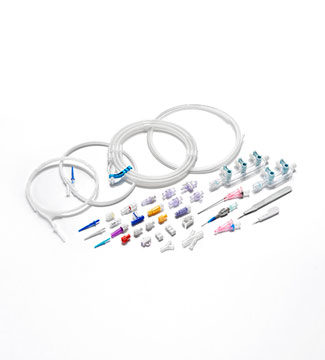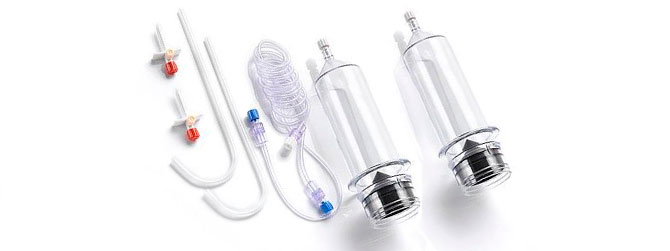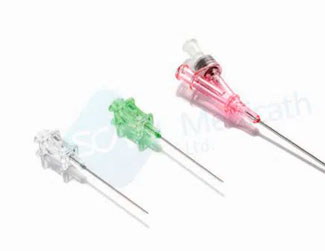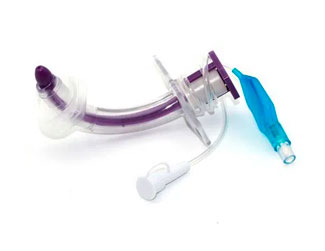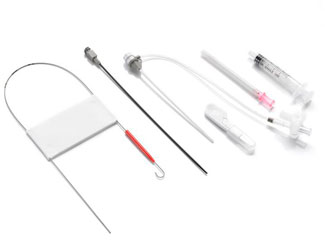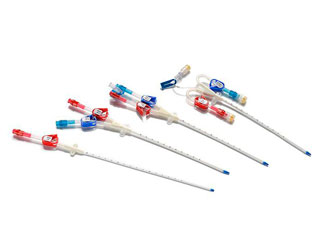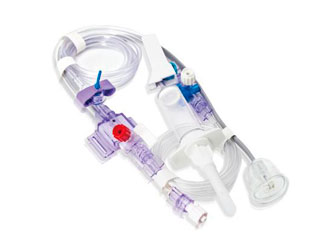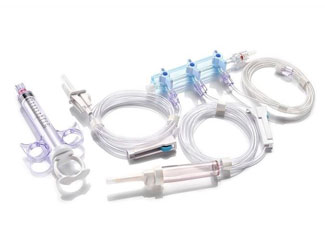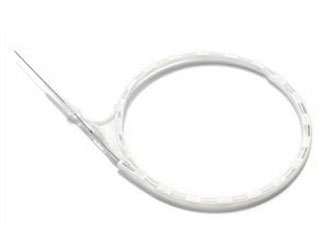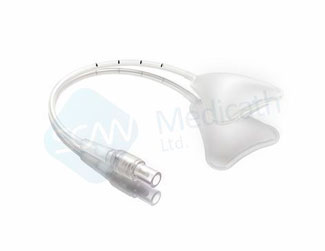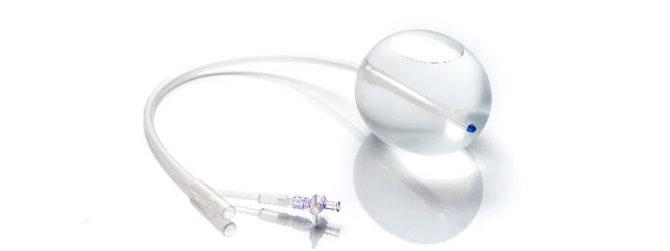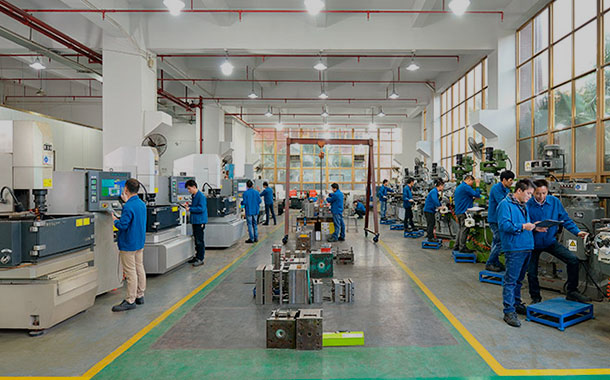Hemostasis Valve Market
Introduction
Hemostasis valves are medical devices used to control bleeding during minimally invasive surgeries. These valves are used in various medical procedures, including angioplasty, cardiac catheterization, and laparoscopy. Hemostasis valves are designed to provide a leak-proof seal around the puncture site, thus preventing blood from leaking out and reducing the risk of infection.
The global hemostasis valve market is expected to grow significantly in the coming years due to the increasing number of minimally invasive surgeries being performed and the rising prevalence of chronic diseases. In this blog post, we will explore the hemostasis valve market in detail, including its growth drivers, challenges, and key players.
Market Overview
According to a report by Market Research Future, the global hemostasis valve market is expected to grow at a CAGR of 5.4% from 2020 to 2027. The market is driven by several factors, including the increasing adoption of minimally invasive procedures, the rising prevalence of chronic diseases, and the growing geriatric population.
North America is expected to dominate the hemostasis valve market, followed by Europe, Asia-Pacific, and the rest of the world. The increasing demand for minimally invasive surgeries, favorable reimbursement policies, and the presence of key market players are some of the factors driving the growth of the hemostasis valve market in North America.
The key players in the global hemostasis valve market include Boston Scientific Corporation, Abbott Laboratories, Teleflex Incorporated, Terumo Corporation, and Merit Medical Systems, Inc. These companies are focusing on product innovation, strategic partnerships, and mergers and acquisitions to expand their market presence.
Market Drivers
The increasing adoption of minimally invasive surgeries is one of the major drivers of the hemostasis valve market. Minimally invasive surgeries are preferred over traditional surgeries because they offer several advantages, including smaller incisions, less pain, shorter hospital stays, and faster recovery times. The hemostasis valve set is an essential component of minimally invasive procedures, and the increasing demand for these procedures is driving the growth of the hemostasis valve market.
The rising prevalence of chronic diseases is also driving the growth of the hemostasis valve market. Chronic diseases such as cardiovascular diseases, diabetes, and cancer require frequent medical interventions, including minimally invasive surgeries. Hemostasis valves are essential components of these procedures, and the increasing prevalence of chronic diseases is driving the demand for hemostasis valves.
The growing geriatric population is another key driver of the hemostasis valve market. The geriatric population is more susceptible to chronic diseases and requires frequent medical interventions, including minimally invasive surgeries. Hemostasis valves are essential components of these procedures, and the growing geriatric population is driving the demand for hemostasis valves.
Market Challenges
The hemostasis valve market faces several challenges that could hinder its growth in the coming years. One of the major challenges is the high cost of hemostasis valves. These devices are expensive, and their high cost could limit their adoption, especially in developing countries.
Another challenge is the lack of skilled healthcare professionals. Minimally invasive surgeries require specialized skills, and there is a shortage of trained healthcare professionals who can perform these procedures. This shortage could limit the adoption of hemostasis valves and other minimally invasive devices.
The increasing number of product recalls is also a major challenge for the hemostasis valve market. Product recalls can damage the reputation of companies and limit the adoption of their products. Companies need to invest in quality control measures to prevent product recalls and maintain the trust of their customers.
Key Players
The key players in the global hemostasis valve market include Boston Scientific Corporation, Abbott Laboratories, Teleflex Incorporated, Terumo Corporation, and Merit Medical Systems, Inc. These companies are focusing on product innovation, strategic partnerships, and mergers and acquisitions to expand their market presence.
Boston Scientific Corporation is one of the leading players in the hemostasis valve market. The company offers a range of hemostasis valve, including the Clo-Sur PLUS P.A.D. System and the MynxGrip Vascular Closure Device. In 2020, Boston Scientific acquired Preventice Solutions, a company that develops mobile health solutions and remote monitoring technologies. This acquisition is expected to expand Boston Scientific's portfolio of digital health solutions.
Abbott Laboratories is another key player in the hemostasis valve market. The company offers the ProGlide Vascular Closure Device and the StarClose SE Vascular Closure System. In 2020, Abbott Laboratories acquired Walk Vascular, a medical device company that develops catheter-based products for the treatment of peripheral arterial disease. This acquisition is expected to strengthen Abbott Laboratories' portfolio of peripheral vascular devices.
Teleflex Incorporated is a global provider of medical devices, including hemostasis valves. The company offers the TrapLiner Catheter, a device that combines the functions of a catheter and a sheath to provide access to the vasculature during procedures. In 2020, Teleflex Incorporated acquired Hemostasis, LLC, a company that develops medical devices for use in interventional cardiology and radiology procedures. This acquisition is expected to strengthen Teleflex's portfolio of hemostasis and vascular closure devices.
Terumo Corporation is a Japanese company that develops and markets medical devices, including hemostasis valves. The company offers the Glidesheath Slender Introducer, a device used to introduce and guide other medical devices during procedures. In 2020, Terumo Corporation acquired Quirem Medical, a company that develops microspheres for the treatment of liver cancer. This acquisition is expected to expand Terumo's portfolio of interventional oncology products.
Merit Medical Systems, Inc. is a global provider of medical devices, including hemostasis valve set. The company offers the PreludeSYNC EVO Radial Compression Device and the PreludeSheath Introducer, among other products. In 2020, Merit Medical Systems, Inc. acquired Brightwater Medical, Inc., a company that develops medical devices for the treatment of chronic venous disease. This acquisition is expected to expand Merit Medical Systems' portfolio of venous interventions products.
Conclusion
The global hemostasis valve market is expected to grow significantly in the coming years due to the increasing adoption of minimally invasive surgeries, the rising prevalence of chronic diseases, and the growing geriatric population. However, the market faces several challenges, including the high cost of rotating hemostatic valve, the lack of skilled healthcare professionals, and the increasing number of product recalls.
The key players in the global hemostasis valve market are focusing on product innovation, strategic partnerships, and mergers and acquisitions to expand their market presence. Boston Scientific Corporation, Abbott Laboratories, Teleflex Incorporated, Terumo Corporation, and Merit Medical Systems, Inc. are among the leading players in the market, offering a range of hemostasis valves and other medical devices. As the demand for minimally invasive surgeries continues to grow, the hemostasis valve market is expected to experience significant growth in the coming years.
Providing quality disposable medical supplies wholesale in China, SCW Medicath can provide you with quality hemostasis valve sets. Feel free to contact us at any time.

 English
English  日本語
日本語  한국어
한국어  français
français  Deutsch
Deutsch  Español
Español  русский
русский  português
português  العربية
العربية  tiếng việt
tiếng việt  ไทย
ไทย  Malay
Malay  हिंदी
हिंदी 
